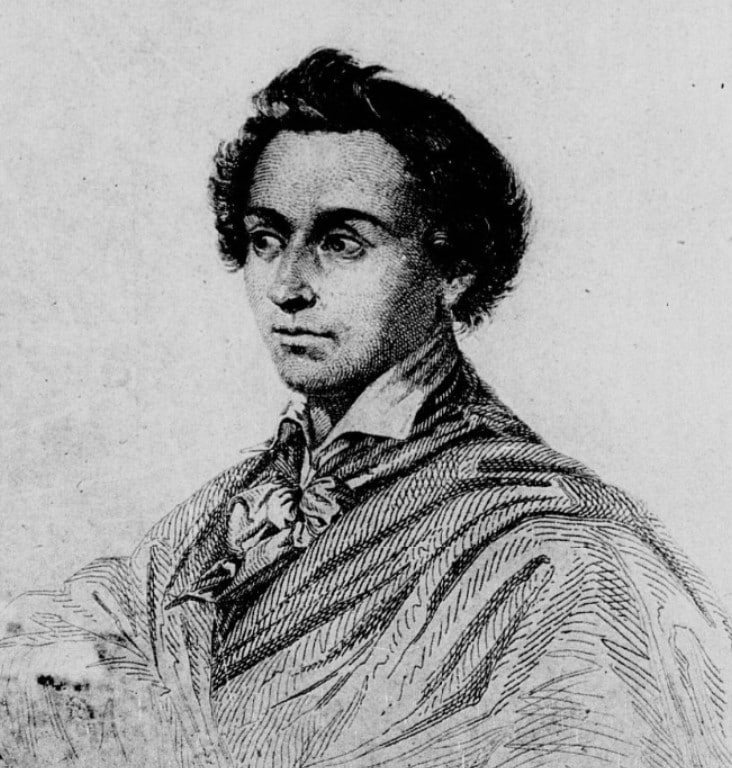Hello,
You must be a subscriber to read the rest of this article, its links and its images.
The subscription to the complete reading of the site is at 1 €uro per month, without any commitment.
If you already have a current subscription, please log in using the form below.
Otherwise you can subscribe here.

